Three Angus opticians have warned parents of a rise in a serious eye condition caused by increased screen use.
Clair Donaldson of Whittakers Optometrist in Carnoustie, Pamela Robertson from Angus Optix in Forfar and Stuart McConnachie of McConnachie Eyecare in Brechin issued the warning this week to raise awareness in the local community.
They have witnessed a rise in myopia – the medical term for short-sightedness – accelerated by increased screen time and decreased outdoor time during lockdown.
The condition is also hereditary.
In some parts of the UK as many as one in three children now have myopia.
The number of children with myopia is growing at the rate of around 160,000 children a year.
Myopia numbers are set to keep accelerating over the next decade, with 50% of the world predicted to have the condition by 2050.
‘My son was struggling’
While the rise of the condition is worrying, there are options available to stop it from worsening.
Neveena Thomas, from Dundee, has myopia and with the condition being hereditary, her son, 12-year-old Daniel Robinson has also been diagnosed.
He has been wearing night contact lenses to stabilise his vision for the past year.
Neveena says: “I’m badly myopic and I realised Daniel needed some help with his vision when he was around six or seven.
“He was struggling to see the whiteboard at school and complaining of blurred vision.
“He was given glasses, but like many children, he struggled to keep them on. He’s really into rugby and he can’t wear glasses when he’s playing, so it was difficult taking part in sports.”
The night lenses work by gently reshaping the front surface of your eye (cornea) as you sleep, so you can see clearly the following day after you remove them.
Neveena continues: “The lenses are revolutionary. Daniel’s glasses power was getting worse every year. But since he started wearing the lenses, it has stayed stable.
“He’s really happy with them because he gets perfect vision for a day or two after wearing them.”
What are the myopia symptoms?
Short-sightedness usually starts in children from age six to 13. However, it can also develop in adults.
Signs you or your child may have myopia include:
- difficulty reading words from a distance, such as reading the whiteboard at school
- sitting close to the TV or computer, or holding a mobile phone or tablet close to the face
- getting headaches
- rubbing the eyes a lot
The higher the myopia, the higher the risk of eye disease.
However, myopia in children can now be controlled by more outdoor time, as well as less and adapted screen use.
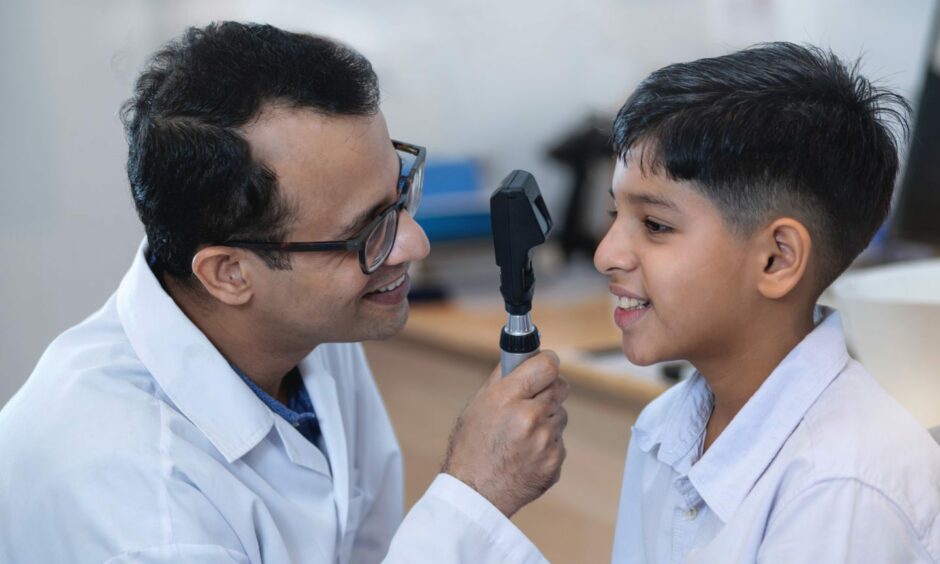
Children can also be prescribed either myopia control glasses, day lenses or night lenses to manage the condition.
Stopping children’s short sight getting worse can also decrease the risks of eye disease later in life by over 40%.
‘Reduce screen time’
Local opticians from Angus are urging parents to talk with their own optician, and their children, about short-sightedness.
Clair says: “In the UK, we don’t link the term ‘short sight’ in children with long term eye disease.
“Once parents understand that short sight is a disease called myopia, they take it seriously.
“Education is key, which is why, as part of the #MyopiaChat campaign during this global Myopia Awareness Week, we’re urging all parents in the Tayside area to ask their optician for a MyopiaChat and to educate themselves about myopia.”
Pamela adds: “Children know to avoid excessive sweets and to brush their teeth twice a day to stop them silently rotting away over time.
Stuart agrees: “It’s important that they start to think about their eyes like this. A change of mindset about myopia is urgently needed.”
The opticians are urging Tayside parents to reduce their children’s screen time and encourage them to spend at least 14 hours outdoors a week to prevent myopia.
Inspiring Dundee mum on life-changing sight loss at 39 – and a dog called Wanda
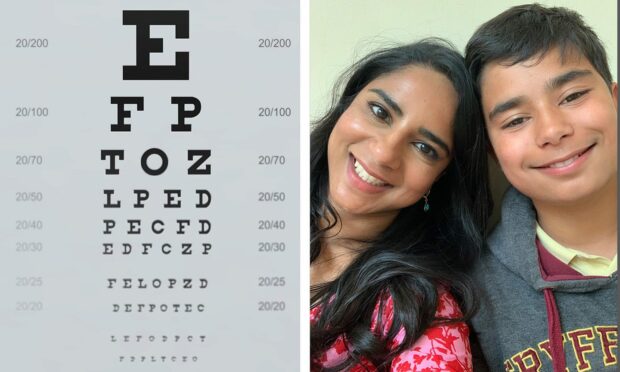
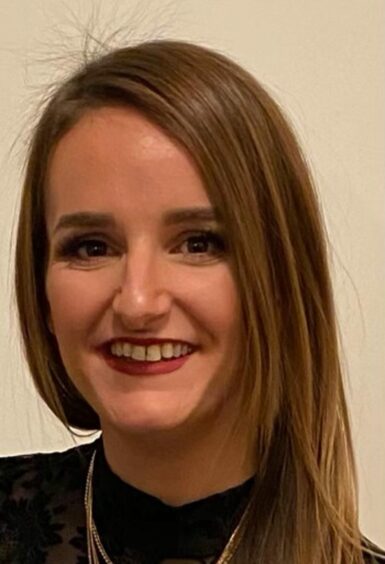
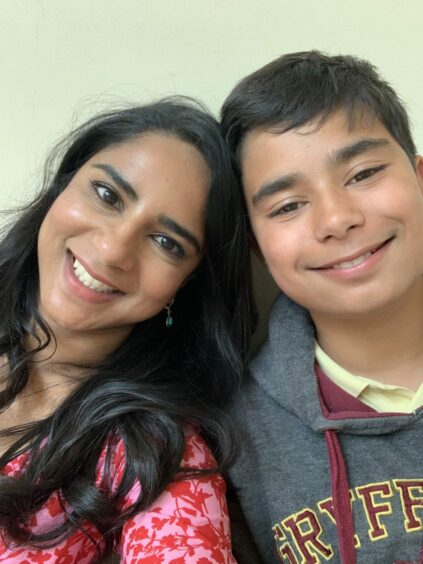
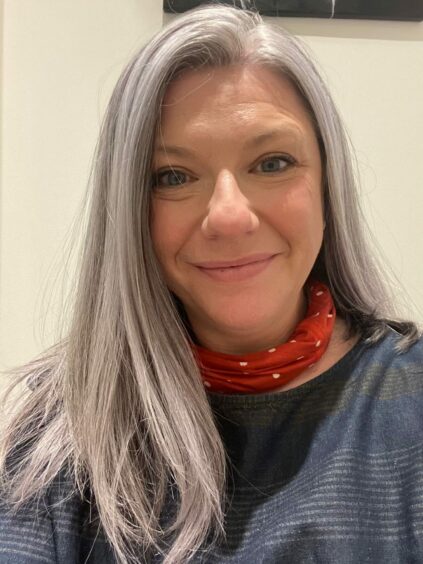

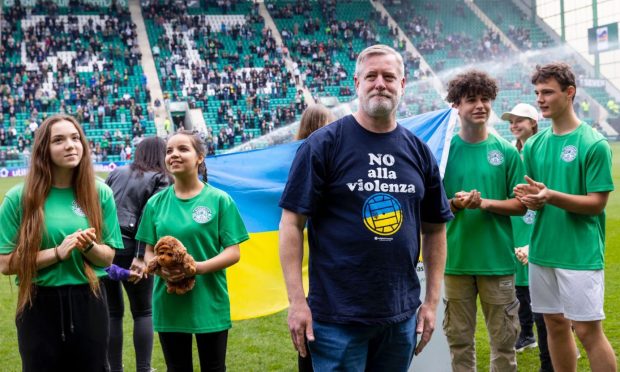






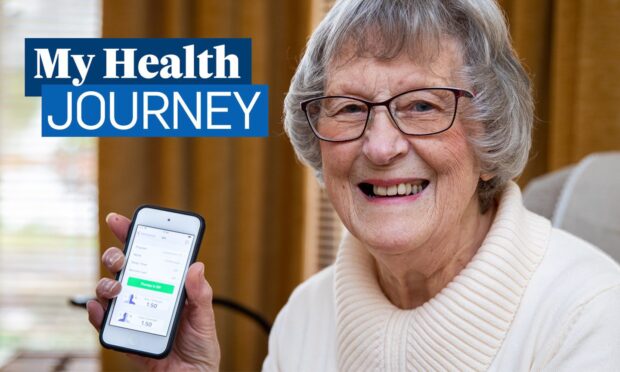
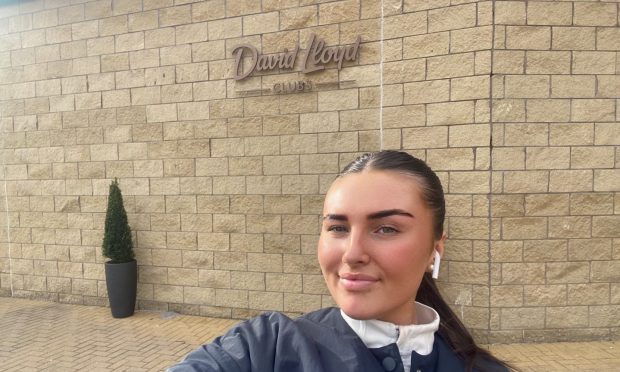
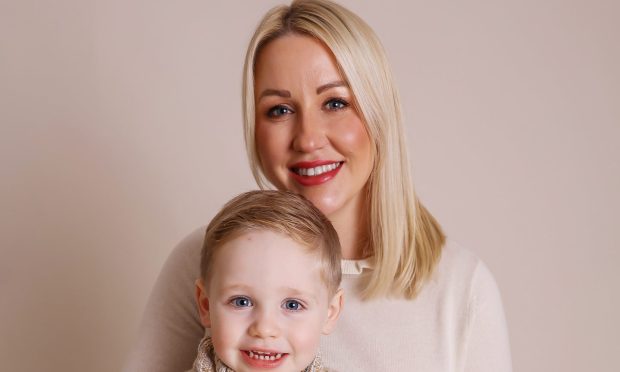
Conversation